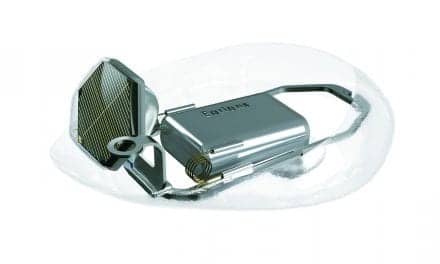Bethesda, Md — New research funded by the National Institutes of Health and published in the January 13 edition of the New England Journal of Medicine (NEJM) adds new evidence to the debate on the best treatment for middle-ear infections in young children. The researchers concluded that use of antibiotics had a  significant reduction in both the severity and duration of symptoms compared with a placebo group.
significant reduction in both the severity and duration of symptoms compared with a placebo group.
The new findings are somewhat in line with another recent study published in the November 17 edition of the Journal of the American Medical Association (JAMA), which also shows that using antibiotics to treat diagnosed acute ear infections in children is slightly more effective than no treatment; however, the study also concludes that antibiotic treatments may have side effects.
Most American children with middle-ear infections are treated with antibiotics. But for children with mild symptoms, US clinical practice guidelines generally recommend watchful waiting, reserving antibiotics for children whose symptoms do not improve with time.
In contrast, responding to concerns about the overuse of antibiotics, doctors in many European countries follow a strategy of watchful waiting for nearly all cases of middle-ear infections in children. Previous trials comparing the two strategies yielded conflicting results, chiefly, say the authors of the current study, because of differences among the trials in the definition of middle-ear infections.
In the NEJM study, the investigators randomly assigned 291 children between 6 and 23 months of age with acute middle ear infections, diagnosed by stringent criteria, to receive either amoxicillin-clavulanate or a placebo for 10 days. They found that those children in the treatment group had a significant reduction in both the severity and duration of their symptoms compared with those in the placebo group.
The study authors caution that these results must be weighed against concerns about the side effects of antibiotics and the potential emergence of antimicrobial resistance.
The study was funded by the National Institute of Allergy and Infectious Diseases, part of the National Institutes of Health.
The full study is available online.




